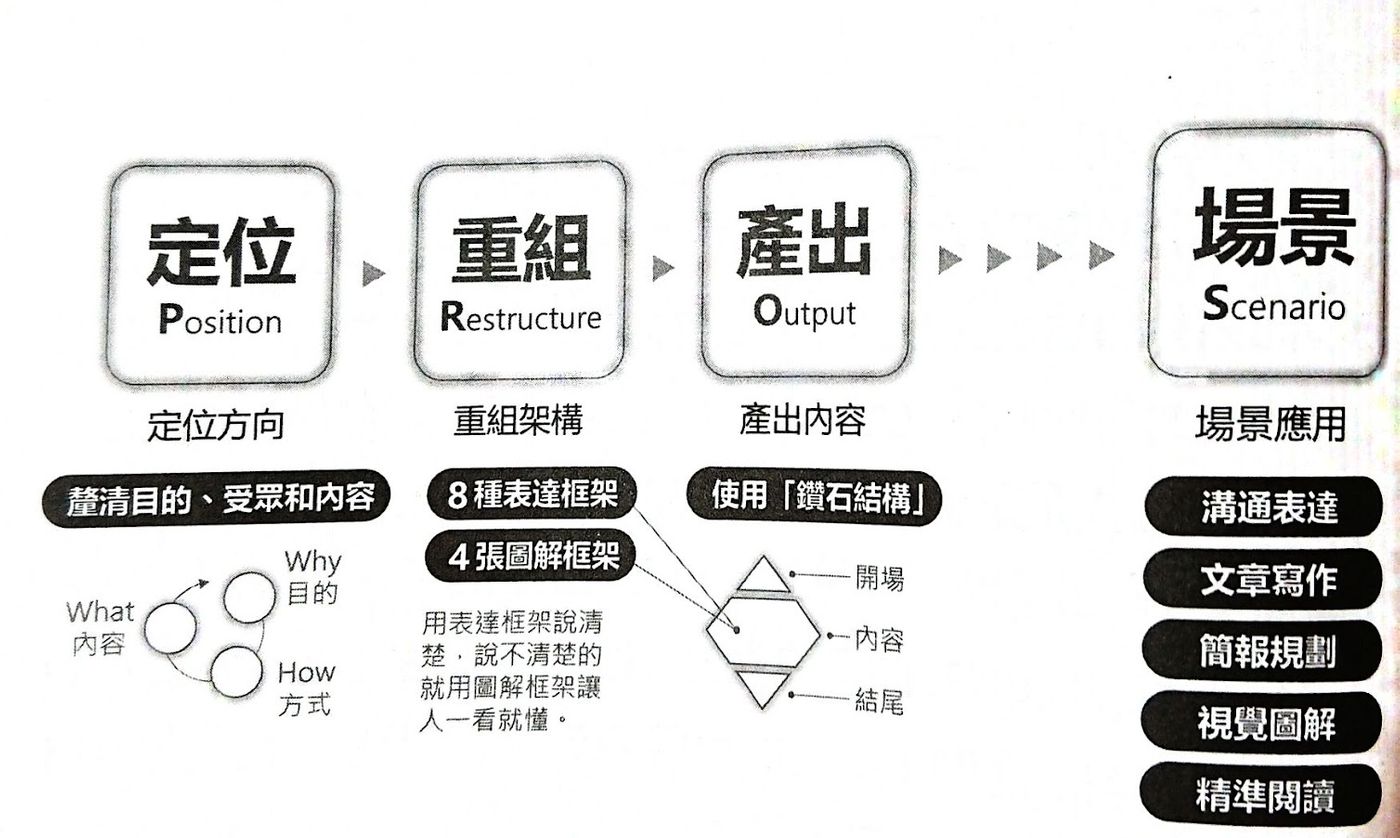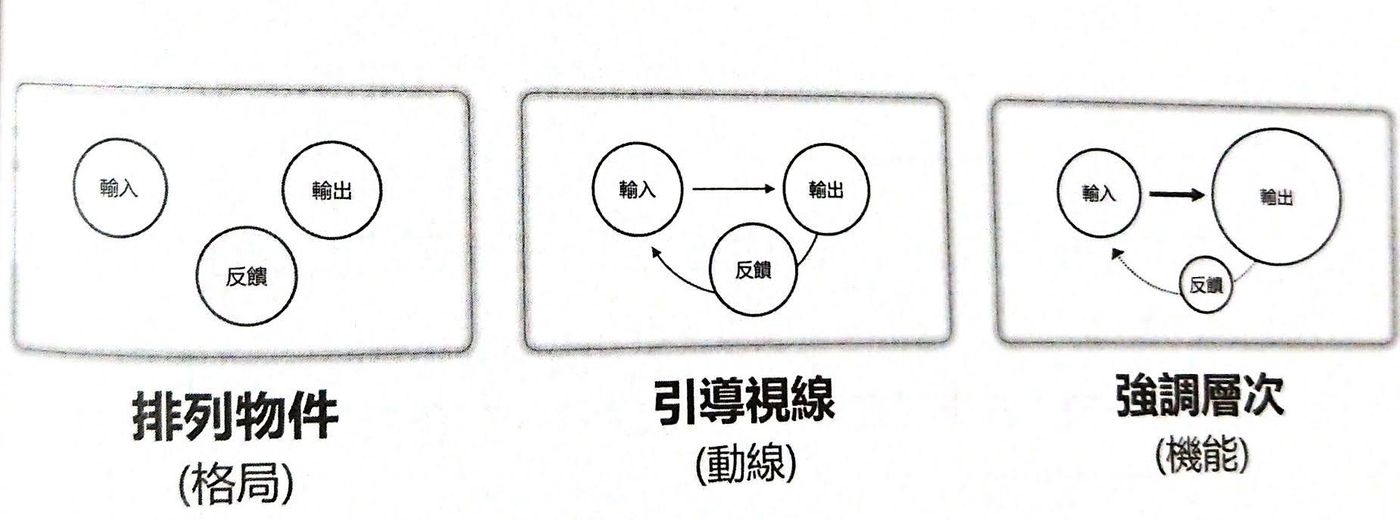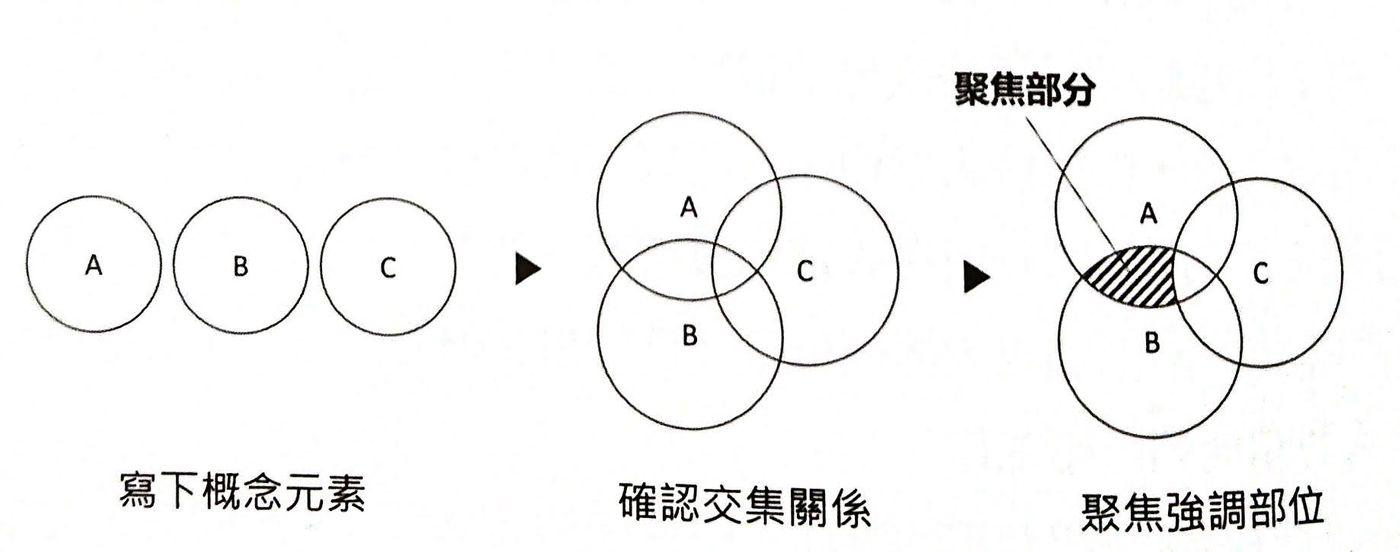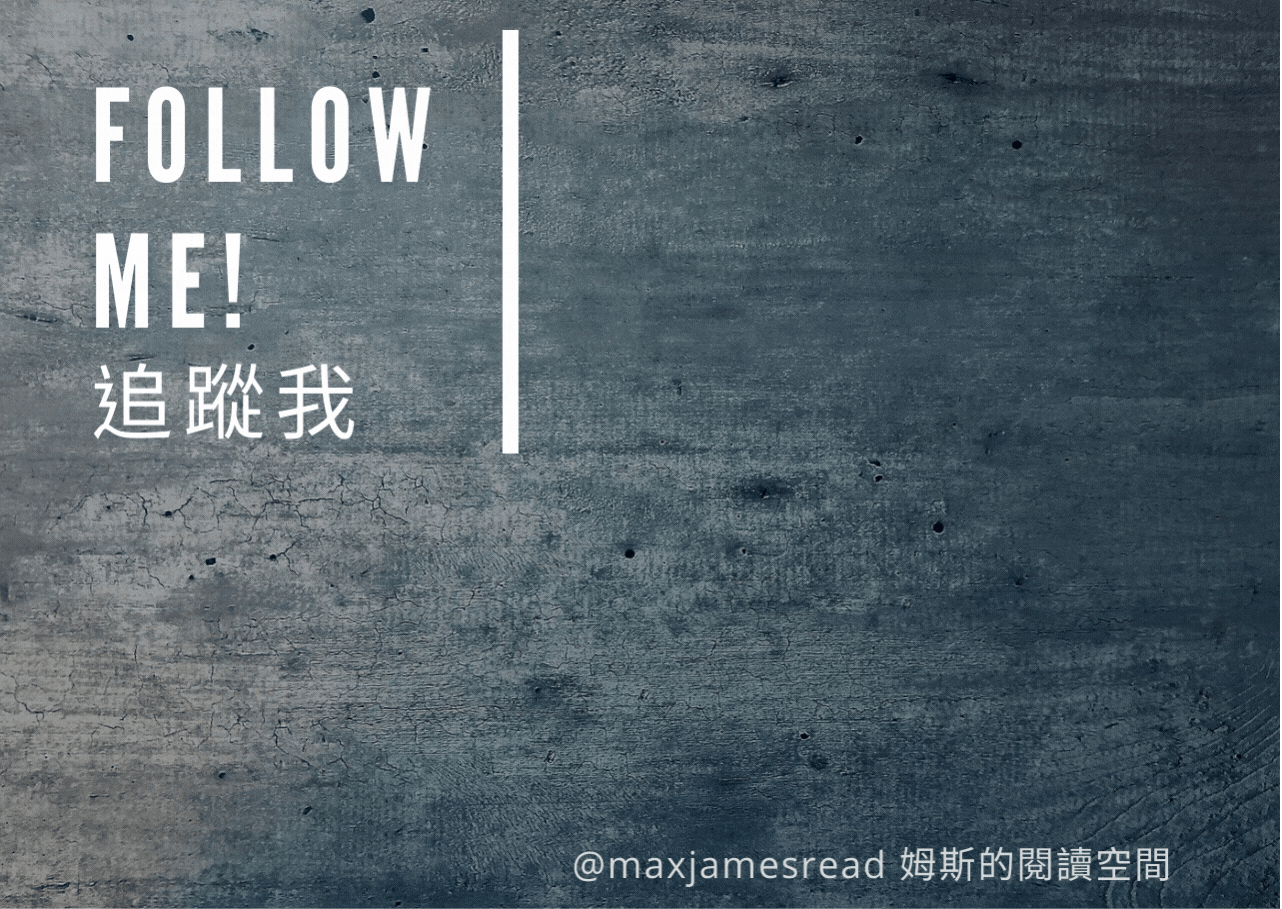"High-yield Skills": 8 frames + 4 diagrams, so you don't have to worry about communication, presentations, and writing!

Do you have content production needs? At first glance, it might sound like I'm not a blogger or a YouTuber, how could I be. But in fact we are producing every day . Whether it's communicating with people or meeting briefings, it's a type of "output". Therefore, efficient and high-quality output is a necessary skill for everyone.
This "High-yield Skill" is a good book to teach you to efficiently produce high-quality content. If you are often troubled by your inability to clearly convey your concepts to others, or your boss thinks your reports in meetings are illogical and unconvincing, then this book will be very suitable for you; if you are a content creator, have a business blog or fan club , that book is worth reading.
The author Liu Yiyou is a knowledge-based self-employed. Having served as a high-level staff member in the high-tech industry, he has developed the ability to sort out information and quickly output various charts and presentations. He is especially good at organizing information with holograms , and a picture can clearly present knowledge at a glance. He is a veritable high-yield expert.
This article will introduce the book in three parts. The first part will explain the golden formula of output: PROS ; then the second part will describe 8 practical expression frameworks; finally, the third part will share 4 useful graphical models. Group.
[1. The golden formula of output: PROS]
The reason why the author can produce efficiently is because he has a set of "superior output" model, referred to as PROS. This division is divided into the following four steps:
[1. Positioning Position]
The first thing to do is to find the location of the output. Whether you’re writing an article, a presentation, or creating a fan art graphic, you need to figure out why you’re doing it so that you can have a clear direction to build a connection with your target audience.
[2. Restructure Restructure]
With the positioning, then comes the highlight of the output: reorganization. If the information is listed all at once, it will be difficult for the audience to absorb it. Therefore, it is necessary to reorganize and arrange knowledge according to the positioning, and establish the logic of the content, so that the final output can hit the pain points of the audience.
In the second and third parts of this article, the various expression frameworks and diagrammatic methods proposed in the book will be introduced, so that everyone can follow when reorganizing information.
[3. Output Output]
Determine the arrangement logic of information, and then formally produce content. The author proposes the "diamond structure" method, which divides the output into three parts: opening, content, and ending
- opening
The point of the opening is to make people want to watch. - Content <br class="smart">The key to content is to be fluid, logical and clear, so that it can be absorbed by the audience.
- The ending <br class="smart">The ending is to make people feel that they have gained a lot, and then share.
[4. Scene Scenario]
Such outputs can be reused in a variety of contexts. For example, the experience of the articles I wrote here will be reproduced into short pictures and texts and put on the fan page. One content, multiple uses.
Whether you want to give a briefing, write an article, or create a fan art text today, you can use these four steps to efficiently reproduce the knowledge content you want to express and bring it to the audience.

[two, 8 kinds of expression frameworks]
Now let’s talk about my favorite part of the book: the 8 expressive frameworks. These frameworks cover almost all kinds of narrative logic. As long as you choose the appropriate mode to re-organize the information, you can create a content type that meets the needs of the audience.
[1. Key Framework]
As the name implies, the key frame is "focusing on key points", and the book recommends "three key points". Whether it's a briefing, a speech or an article, as long as the three key points of today's content are announced at the beginning, the audience will be able to focus instantly without getting caught up in the vast content.
Sample article: "You should know how to manage your money when you get your salary for the first time": 3 key points that a financial novice must understand!
So if it exceeds three o'clock, let's say four o'clock? The author believes that if it takes four points to maintain the integrity of knowledge, that's fine. But if there are more than four points, he recommends the second framework: the checklist framework.
[2. Checklist Framework]
The purpose of the key frame is to "focus" and lock the audience on three key points; while the list frame is to re-list, allowing the audience to choose knowledge like a shopping list.
Regarding the number of lists, the authors recommend no more than ten. If it exceeds, it is recommended to classify the items again, maintaining the principle of no more than ten sub-categories.
Sample Article : 6 Things I've Learned After Writing 10 Blogs!
[3. Time frame]
The time frame is also a very useful technique, using the time axis to describe information in a streamlined manner. It can be subdivided into the following 3 types:
- A period frame <br class="smart">describes trend changes, such as "past, present, future."
- The stage framework <br class="smart">describes the strategic layout, such as "short term, medium term, long term".
- Step framework <br class="smart">Explain the process, such as "Step 1, Step 2, Step 3".
Sample article : "Long Selling": The Secret to Refining Classics, Four Steps to Creating Enduring Works!
[4. Space frame]
The spatial framework divides content by size and distance. Grasp the principle of the whole and then the local, start from a large-scale perspective, and then focus on a specific area.
Take an example from the book. If we want to describe the confirmed situation of COVID-19 in Taiwan, we can use the spatial framework to first outline the global confirmed situation, and then condense the epidemic figures in Taiwan, so that readers can have a benchmark to refer to.
[5. Thematic framework]
The topic frame is quite suitable for explaining content to others and is divided into 3 parts:
- The purpose explains why.
- The practice explains how to do it.
- Results <br class="smart">Explain what to do.
For example, the author mentioned that he would use the topic framework to disassemble a book:
- Purpose
Why should I read this book? What problem needs to be solved? - practice
How does the book address these issues? - Result <br class="smart">Which techniques are specifically mentioned? What are some examples?
If you want to introduce the content of a book to others, I believe the above trio is quite enough.
[6. Framework of Issues]
Issue framing can be a good choice if you want to make your case and convince others. Divided into 4 elements:
- Argument <br class="smart">Start by stating your claim or suggestion in the open.
- Rationale <br class="smart">Then describe your reasons and rationale.
- Examples <br class="smart">Then attach relevant supporting examples to reinforce the rationale.
- Reiterate <br class="smart">Finally, reiterate the claim to call for action.
For example, TED talks are very common in this structure. When you watch TED next time, you can try to disassemble it with the topic framework.
[7. Problem frame]
If you want to come up with a solution to the problem today, you can try the problem framework, which also has 4 parts:
- Situation <br class="smart">First describe the problem and its background, current situation.
- Impact <br class="smart">Continue to talk about who is affected by the issue and establish a connection between the audience and the issue.
- Issues <br class="smart">Then specify those issues that need to be addressed.
- Countermeasures <br class="smart">Finally put forward specific countermeasures, describing goals, programs and expected benefits.
The order of these four parts can actually be mobilized, and different combinations can be selected according to different situations. The explanation in the book is very exciting, and I leave it here for everyone to read on their own.
[8. Project Framework]
If you want to show the results of tasks and projects, the project framework will definitely be the first choice. That's right, it's another 4 episodes:
- background
First, explain the reason for the task and let the other party know the background of the task. - Task <br class="smart">Acceptors describe their goals and roles in the task.
- Actions <br class="smart">Then describe the key actions you took to accomplish the mission, grouping the suggestions into three or four items.
- Outcomes <br class="smart">Finally, describe the specific benefits of completing the task.
In fact, this method is the STAR that I introduced in "I Wish You Shine Because of Your Work" . Friends who want to find a job may try this method to add points to their resumes.
[Three, 4 kinds of graphic frameworks]
After talking about the expressive framework, I will introduce another key point in the book: the graphic framework. We all know that a picture is worth a thousand words, but if you really want to draw a picture, you often don’t know how to start. Therefore, the book proposes 4 easy-to-use visualization methods, so that you have no trouble in outputting.
[1. Dendrogram]
If your goal is to "summarize" the context of your content, a dendrogram is a good fit. Common tree diagram patterns are organizational charts , mind maps , and fishbone diagrams .

So how to organize the information into a tree diagram? Through the following 3 steps:
- Extracting Information <br class="smart">First summarize the content into key points.
- Summarize the classification <br class="smart"> and then classify the various key points
- Build a structure <br class="smart">Finally organize it into a contextual tree diagram
For example, after every book I read, I make a mind map to help sort out the content. Put a mind map of "How to Read a Book" for your reference.
[2. Flowchart]
Flowcharts can come in handy if you want to "sort out" how content works. So how do you draw a flowchart? Also use 3 steps:
- Arranging Objects <br class="smart">Presents objects in the form of keywords and arranges them in approximate positions.
- Guide the eye <br class="smart">Use the arrow symbol to create a moving line to guide the audience
- Emphasize layers <br class="smart">Finally, use geometric patterns, sizes, and shades of color to emphasize layers of information.

[3. Matrix diagram]
If your goal is to "locate" content, for interactive comparison, a matrix diagram is the first choice. Matrix diagrams come in two forms: tables and quadrants .

To draw a matrix diagram, you can also go through 3 steps:
- Select Matrix Chart Type
- Determine the horizontal and vertical axes
- Fill in the corresponding information
For example , "Unlocking Emotions" mentions that four quadrants can be used to analyze various emotions, so that readers can understand them at a glance.

[4. Venn diagram]
Finally, if you want to emphasize the "intersection" of content, you have to send out Venn diagrams. Also draw in 3 steps:
- Write down the conceptual elements that come to mind
- Confirm the set relationship of these conceptual elements
- Focus on the intersection you want to emphasize

【Summarize】
A quick summary. First, we introduced the PROS output model to modularize the output; then, for the S (recombination) part of the model, we proposed 8 expression frameworks and 4 graphical frameworks to help you disassemble and reorganize information in a methodical way.
The above is a very brief introduction to the expression and graphic framework introduced in the book. It is strongly recommended that you read the analysis and examples in the book carefully, and I believe you will have a better understanding of how to apply it. The author also provides a detailed explanation of various output methods (such as communication, briefing, writing) in the last chapter, and you can read the parts you need.
Finally, I would like to talk about another layer of inspiration that this book has given me. I have often seen people ask before, all kinds of condensed storytellers and exquisite picture cards on the market have assembled the content of the book very well, so is there no need to read it by yourself? In the past I haven't been able to find a good way to illustrate the need to read in person.
But seeing the various expression frameworks introduced in the book, I suddenly understood!
"Understanding a Book " once mentioned that storytelling is a kind of re-creation. In the process of writing my experience, I actually strip out the parts of the book that I want to share with readers, break up these contents, deconstruct them, and arrange them in a way that I can share them with readers smoothly. Although the content of the book is used objectively, there is a lot of subjective chiseling.
And if a book is disassembled in different ways, the final output will be very different. Everyone's interpretation of knowledge is different, and what you can get from books is also very interesting. And those experiences, diagrams, and refills are just one of the opinions.
Therefore, if you read a book, and then through disassembly and reorganization, output your own insights, the harvest will be far better than looking at other people's sorting. So if you think my experience is not bad, don't hesitate to buy the book and go home (laughs).
I think that knowledge must be cultivated by oneself after all, in order to have a solid harvest. Therefore, this book can not only help output, but also strengthen input, which can be said to take both directions.
All in all, I highly recommend this book. May everyone use these methods to fertilize their fields of knowledge and produce sweet fruits.

↓↓You are also welcome to follow the Facebook and mourning of "Mrs's Reading Space"↓↓
James' reading space FB
James' reading space IG
Like my work? Don't forget to support and clap, let me know that you are with me on the road of creation. Keep this enthusiasm together!




- Author
- More